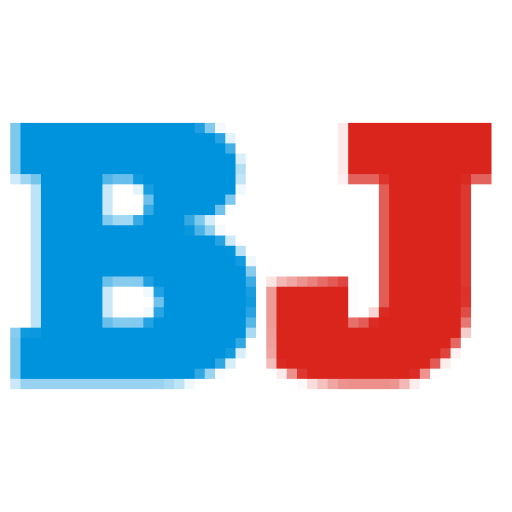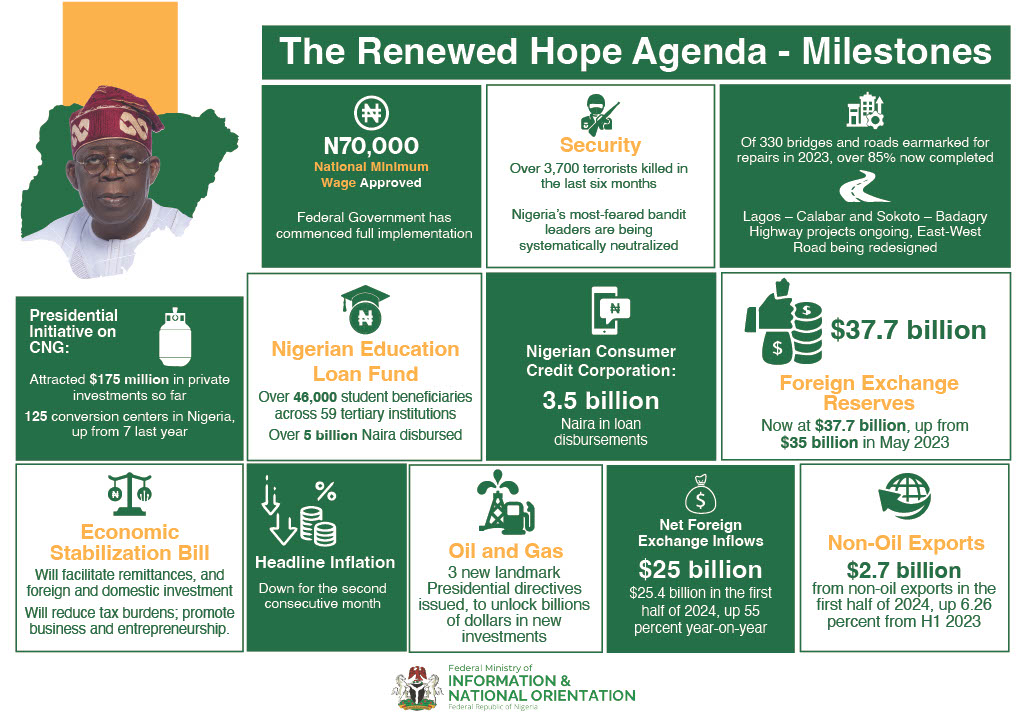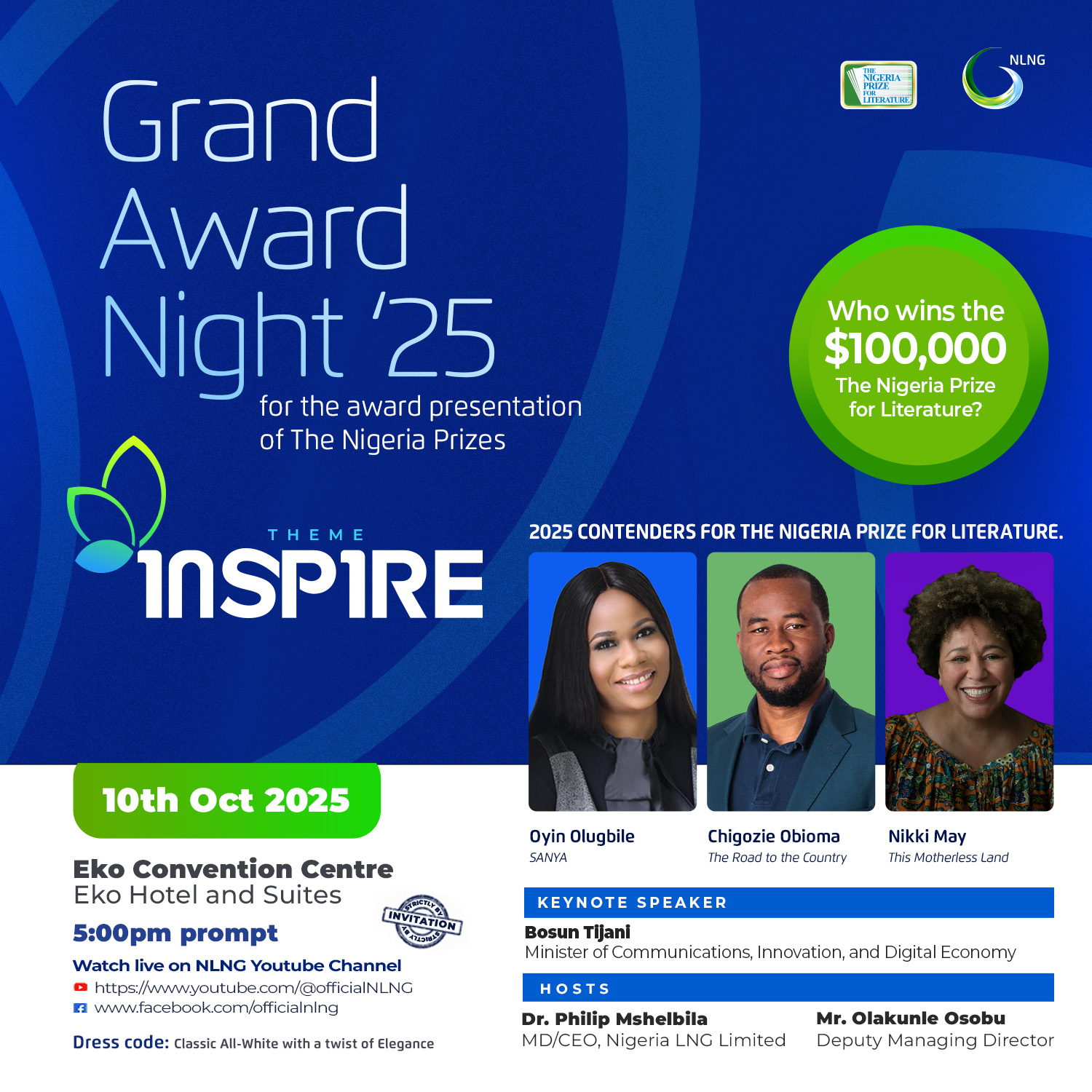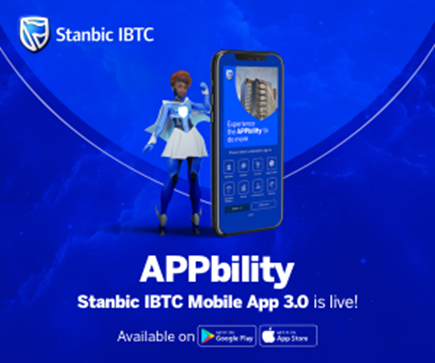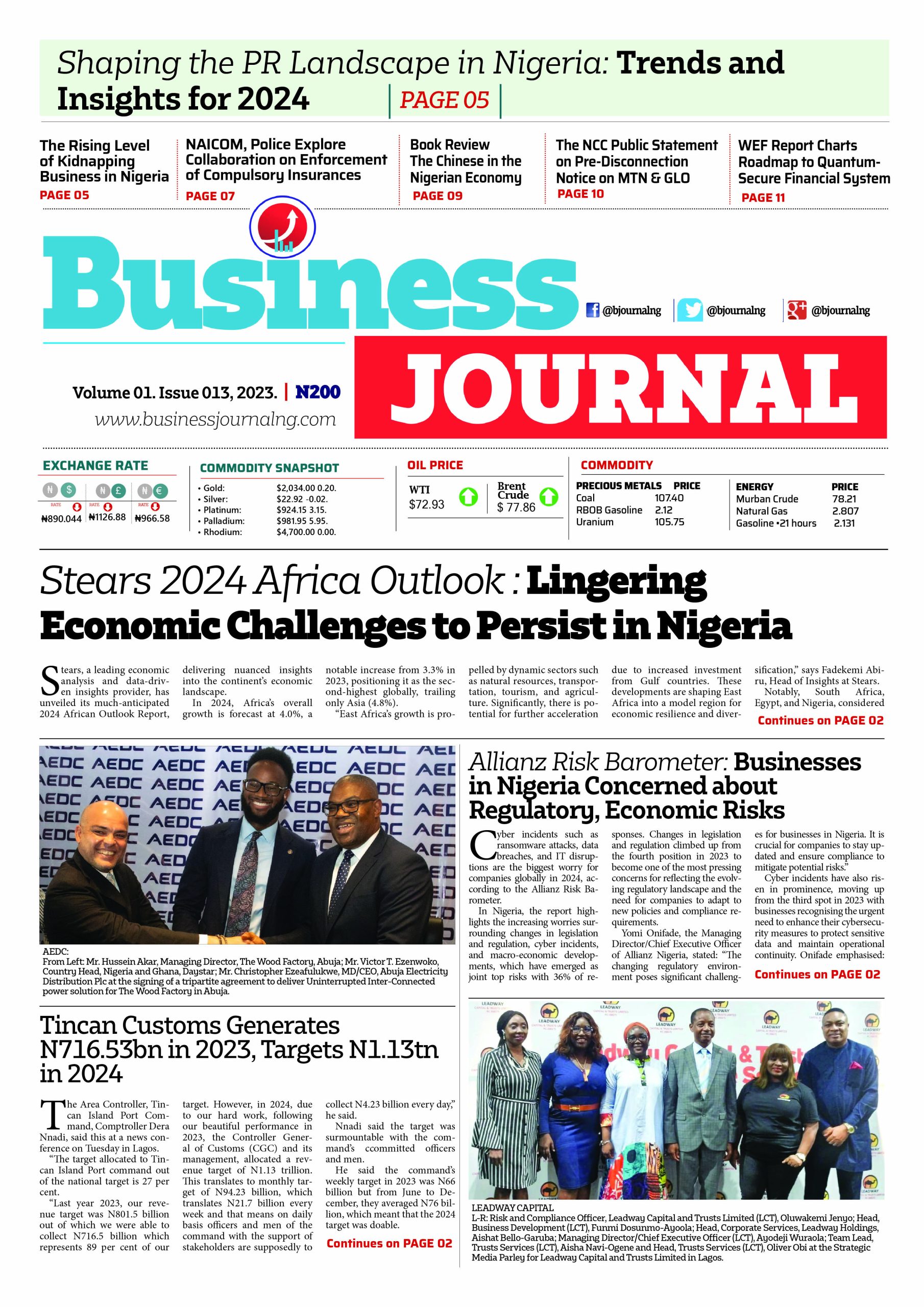In an update to its Worldwide Semi-annual Internet of Things Spending Guide, International Data Corporation (IDC) forecasts that organisations in the Middle East and Africa (MEA) will invest more than $6.6 billion in Internet of Things (IoT) hardware, software, services, and connectivity in 2016.
The global ICT consulting and advisory services firm expects IoT revenues in the region to increase at a compound annual growth rate (CAGR) of 21.3% over the next four years to total more than $14.3 billion in 2020.
Manufacturing and transportation are the vertical industries leading the way in terms of IoT investment in MEA, with both expected to spend an estimated $1.1 billion each in 2016. The next largest industry, utilities, is expected to see IoT investments of almost $800 million this year. The IoT use cases receiving the greatest levels of investment from MEA organisations across these three industries are:
• Manufacturing Operations, which supports digitally-executed manufacturing, or how manufacturers use intelligent and interconnected input/output tools (sensors, actuators, drives, vision/video equipment etc.) to enable different components in the manufacturing field (e.g. machine tools, robots, conveyor belts) to autonomously exchange information, trigger actions, and control each other independently.
• Freight Monitoring, which uses RFID, GPS, GPRS, and GIS technologies to create an intelligent, Internet-connected transportation system. This system carries out the intelligent recognition, location, tracking, and monitoring of freight and cargo by exchanging information and real-time communications via wireless, satellite, or other channels.
• Smart Grid (Electricity), where non-smart meter field devices owned by the electric utility are used to control and optimize power flow to ensure efficient, safe, and reliable service. The devices are used throughout the electricity distribution grid for tasks such as line sensing, substation automation, and feeder & line equipment control and optimisation. Utility owned in-home devices are included in this category when used for grid operations.
Looking across all industries in the MEA region, freight monitoring will receive the greatest level of IoT investment throughout the forecast period, followed by smart grid (electricity) and manufacturing operations.
In addition to these use cases, remote health monitoring, smart buildings, and smart home concepts will see significant levels of investment over the next few years. The IoT use cases that will experience the greatest revenue growth over the 2016–2020 forecast period are smart buildings, insurance telematics, and smart grid (gas).
“IoT solution deployments across MEA will continue to see increased adoption rates, both in the public and private sectors, as stakeholders begin to realize an immediate return on their investments,” says Wale Babalola, a Research Analyst for Telecommunications, IoT, and Digital Media at IDC Middle East, Africa, and Turkey.
“In addition, the growing development of purpose-built IoT platforms and the continuing proliferation of smart devices will serve as catalysts for IoT adoption across the region’s industry spectrum.”
While manufacturing and transportation will lead the way in terms of overall IoT investments in the MEA region, six industries will see IoT spending levels increase by more than 100% over the 2016–2020 forecast period – construction, consumer, insurance, manufacturing, retail, and telecommunications. Cross-industry investments, which represent use cases common to all industries, are also forecast to see revenues more than double during this period.
“A use case represents a detailed composition of a technology investment that is made to produce a set of end-user benefits,” says Marcus Torchia, Research Manager for IoT within IDC’s Customer Insights and Analysis team.
“The long-term opportunity for IoT vendors is helping to identify and create immediate and residual benefits for end users through their technologies. We see strong opportunities across many industries. For example, in highly instrumented verticals like manufacturing and transportation, large data sets are used to optimize operational processes and extend the life of high-capital cost assets. In other sectors like healthcare and consumer, IoT technology is being used to produce benefits that improve quality of life.”
The Worldwide Semiannual Internet of Things Spending Guide forecasts IoT revenues for 12 technologies and 47 use cases across 20 vertical industries in eight regions and 52 countries. Unlike any other research in the industry, the comprehensive spending guide was designed to help vendors clearly understand the industry-specific opportunity for IoT technologies today.

